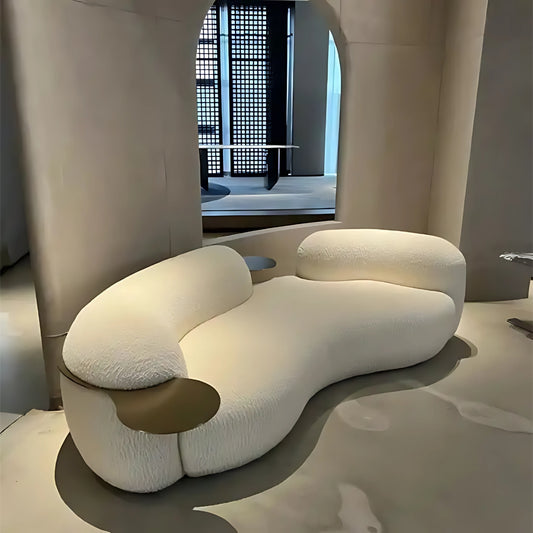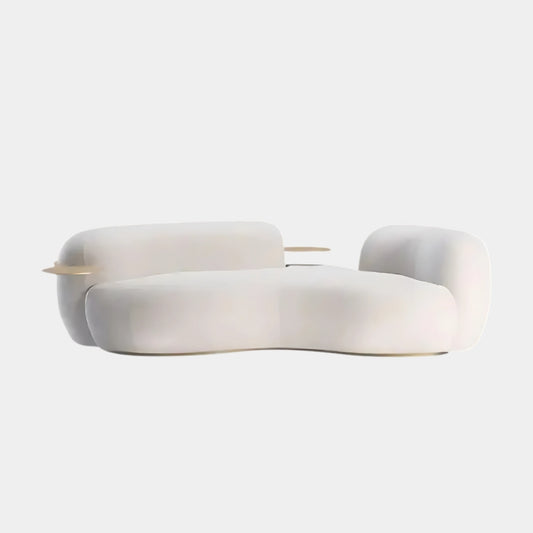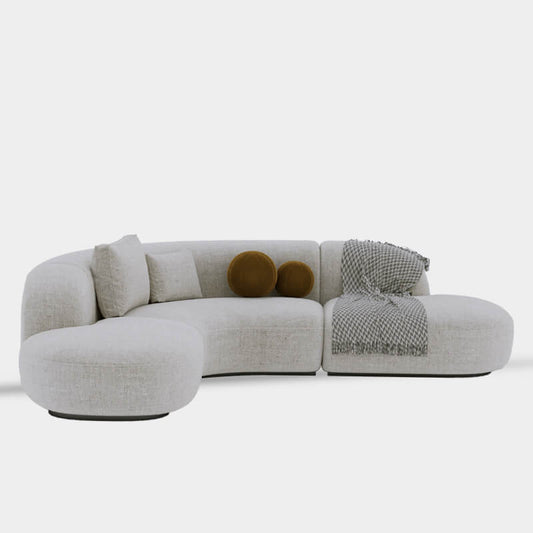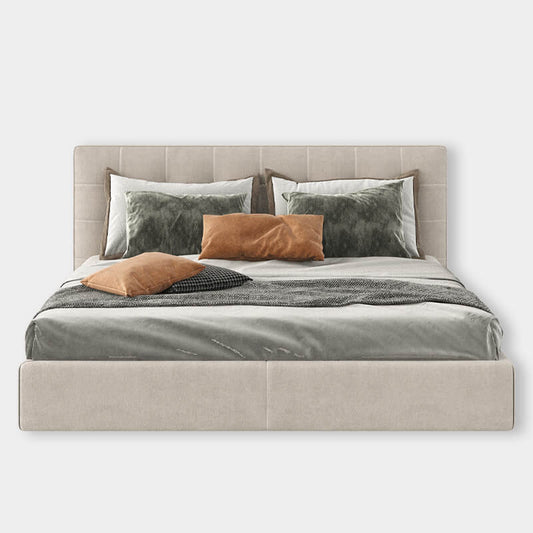A good night’s sleep is essential for physical and mental health, yet many people wake up with back pain that ruins their mornings. One of the most common, yet overlooked, reasons is your mattress. The wrong mattress can cause poor posture, muscle stiffness, and chronic discomfort. But here’s the good news — with the comfortable mattress and simple adjustments, you can reclaim comfort and wake up pain-free.
This guide explores why mattresses cause back pain, how to identify the signs, and what you can do to fix it — including how to choose the right type of mattress for your sleeping style.
1. How Mattresses Affect Your Back Health

Your spine has a natural S-shaped curve. When you lie down, your mattress should support this curve — not flatten it or exaggerate it. The right mattress evenly distributes body weight, keeps the spine aligned, and reduces pressure points.
A bad mattress, however, can:
-
Cause uneven weight distribution
-
Lead to spinal misalignment
-
Create pressure on the lower back and hips
-
Aggravate pre-existing back issues
If you’ve been waking up stiff or sore, your mattress could be the culprit.
2. Common Signs Your Mattress Is Causing Back Pain

It’s not always easy to tell whether your mattress is at fault. Here are a few indicators that suggest your bed might be doing more harm than good:
|
Signs |
What It Means |
|
You wake up with stiffness or pain that improves through the day |
Your mattress isn’t supporting your spine properly |
|
Your mattress sags or dips in the middle |
Uneven support is putting strain on your back |
|
You toss and turn frequently at night |
Discomfort or pressure points are disrupting sleep |
|
The mattress is over 7 years old |
Its materials may have broken down, reducing support |
|
You feel pain in specific areas (lower back, shoulders, neck) |
Misalignment and poor cushioning are causing tension |
3. Mattress Firmness: Finding the Right Balance

The biggest misconception is that a firm mattress is always better for back pain. In reality, the ideal firmness depends on your body weight, sleeping position, and personal comfort preference.
|
Sleeping Position |
Recommended Firmness |
Why It Works |
|
Back sleepers |
Medium-firm |
Supports the spine’s natural curve |
|
Side sleepers |
Medium-soft to medium |
Cushions shoulders and hips |
|
Stomach sleepers |
Firm |
Prevents lower back from sinking |
|
Combination sleepers |
Medium |
Adapts to multiple positions |
A medium-firm mattress typically offers the best support for most people, maintaining spinal alignment without feeling too hard.
4. Mattress Material and Its Impact on Back Pain

Not all mattresses are created equal. Each material provides a unique combination of support, contouring, and durability.
|
Mattress Type |
Key Features |
Best For |
Considerations |
|
Adapts to body shape and relieves pressure points |
Side and back sleepers |
Can retain heat; choose gel-infused options |
|
|
Latex |
Responsive, bouncy, and eco-friendly |
Hot sleepers and allergy-prone users |
Often more expensive |
|
Hybrid |
Combines foam and coils for balanced comfort |
All sleeping positions |
Heavier and pricier |
|
Innerspring |
Traditional support with coil base |
Those who prefer firm support |
Less motion isolation and cushioning |
If your current mattress doesn’t match your sleep needs, upgrading to the right type can significantly improve comfort and posture.
5. Sleeping Posture and Mattress Compatibility

Even with the right mattress, poor posture can cause back pain. Your sleeping position plays a big role in how well your mattress supports you.
Back Sleepers
-
Keep a natural spine curve.
-
Use a medium-firm mattress.
-
Add a small pillow under your knees to reduce lower back pressure.
Side Sleepers
-
Need pressure relief for shoulders and hips.
-
Opt for a slightly softer mattress.
-
Use a thicker pillow to maintain neck alignment.
Stomach Sleepers
-
Prone to lower back strain.
-
Choose a firmer mattress.
-
Use a thin or no pillow to prevent neck tension.
Combination Sleepers
-
Require balanced support.
-
A responsive, medium mattress is ideal.
6. Simple Fixes Before You Replace Your Mattress

If replacing your mattress isn’t an immediate option, try these adjustments first:
|
Problem |
Quick Fix |
|
Mattress feels too soft |
Add a firm mattress topper or plywood board underneath |
|
Mattress feels too hard |
Use a plush topper or padded mattress pad |
|
Sagging in the middle |
Rotate or flip the mattress every 3–6 months |
|
Uneven support |
Place supportive slats or boards under the base |
|
Dust and allergens |
Vacuum regularly and use a protective mattress cover |
Sometimes, a small tweak can make a big difference in back comfort.
7. When to Replace Your Mattress

No mattress lasts forever. Here’s when you should consider replacing it:
-
It’s older than 7–8 years
-
It sags visibly or feels uneven
-
You sleep better elsewhere (like in a hotel or on a new bed)
-
You wake up sore or fatigued regularly
A high-quality mattress from a reliable brand like Decolide can last longer and provide consistent support, helping you avoid chronic discomfort.
8. Tips for Choosing a Mattress That Supports Back Health

When shopping for a new mattress, consider these essential tips:
-
Test Before You Buy — Always try lying on the mattress for at least 10–15 minutes in your preferred sleeping position.
-
Prioritize Spine Alignment — Your back should maintain its natural curve without sinking.
-
Look for Motion Isolation — Especially important if you share a bed.
-
Check for Breathability — Opt for materials that regulate temperature.
-
Consider Durability — A high-density foam mattress or hybrid construction will last longer.
-
Match Your Bed Frame — A sturdy, supportive frame prevents sagging and improves comfort.
9. Lifestyle Habits That Help Prevent Back Pain

Your mattress plays a big role, but so do your daily habits. Combine the right mattress with these practices for long-term spine health:
-
Maintain good posture during the day
-
Stretch or exercise regularly
-
Use ergonomic pillows
-
Avoid sitting or lying down in one position for too long
-
Ensure your workspace setup supports your back
Final Thoughts: Invest in the Right Mattress, Invest in Yourself

Your mattress isn’t just a place to sleep—it’s the foundation of your overall health and well-being. Choosing the right one and choosing the best furniture can transform how you feel every day.
If you’re waking up sore or restless, your mattress might be sending a message. Take the time to assess your current setup and make the switch if needed. Brands like Decolide offer a range of ergonomically designed beds and mattresses that combine comfort, support, and style—giving your spine the rest it deserves.












